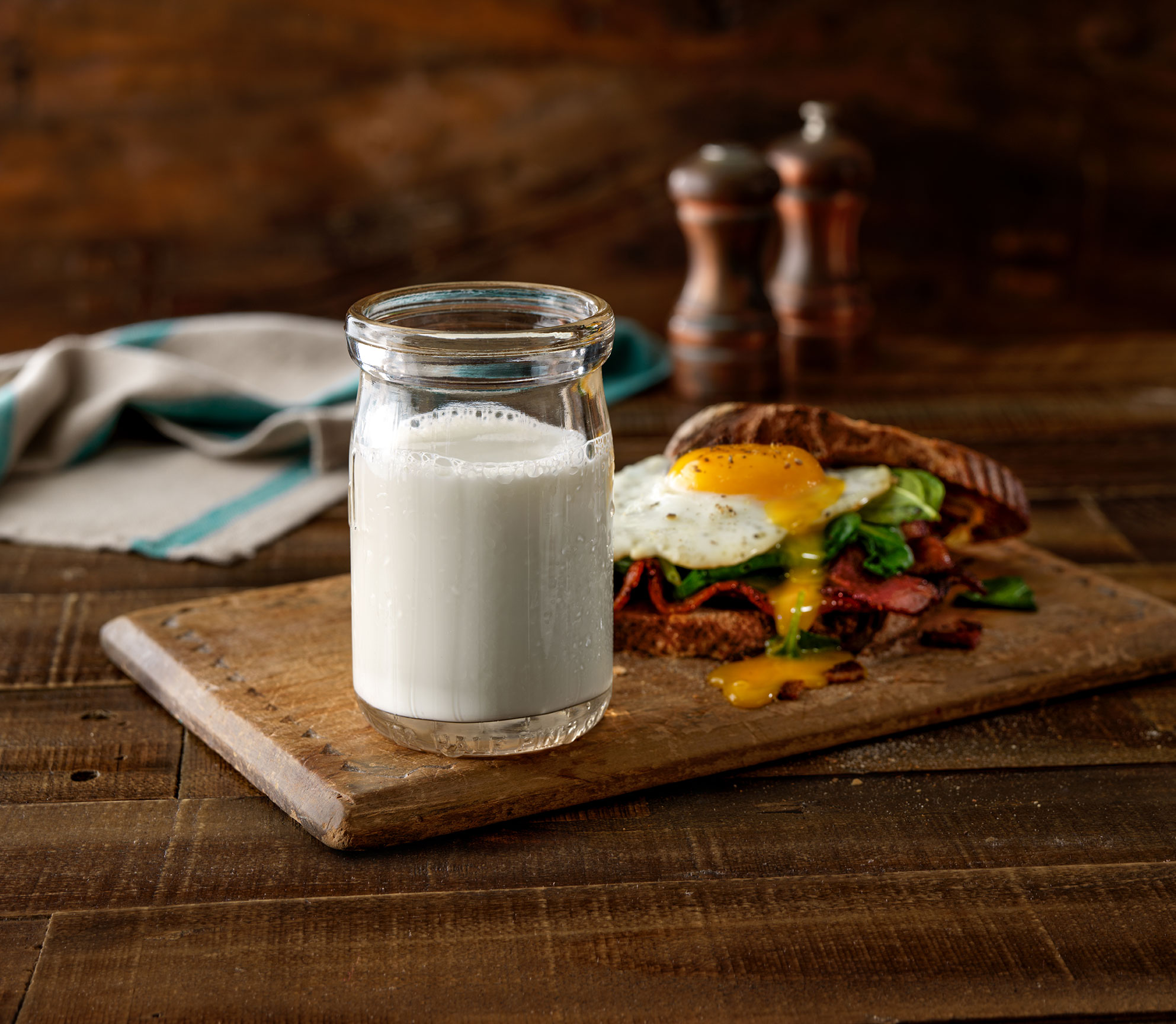Protein. It’s the macronutrient that’s a hot topic. Clients and consumers are seeking out more. As health professionals, we get questions about it: How much protein should I eat? What’s the best source of protein? How do I get more in my diet? Protein fascination may just be a trend, but it is a great trend because more protein would benefit many of us.
Protein Is Essential for Life
Protein is an essential nutrient we need throughout our lifespan. It is the key to building, maintaining and repairing our muscle and bone lifelong. Protein has benefits for all ages. For children, protein is critical for growth and development. As adults, protein provides benefits for our bodies, our brains and our immune system. When we age, protein helps prevent sarcopenia, helping us age gracefully.
The Recommended Amount May Not Be Enough
While a lot of us may be talking about protein, many of us may not be getting enough. A 2015 article in the American Journal of Clinical Nutrition found that the Recommended Dietary Allowance (RDA) did not meet the needs of older adults, and that our bodies need more protein for maintenance and repair.
Additionally, eating less protein may mean getting fewer nutrients. Without adequate protein intake, Americans also miss out on essential vitamins and minerals – many of which have been labeled nutrients of concern, such as calcium, vitamin D, potassium, folic acid and iron.
Adequate protein has additional benefits, including:
- Satiety
- Weight maintenance
- Muscle creation
- Blood glucose control
The Ideal Range
According to the National Health and Nutrition Examination Survey, Americans eat most of their protein in the evening, sometimes getting as much as 50 grams at dinner. We get less at other meals – at lunch we get about 20 grams, and at breakfast we get only 10 grams. Many experts advise us to spread our protein throughout the day. Really, 25-30 grams of high-quality protein at each meal is ideal to help our body more efficiently use protein. Aiming a little higher may be challenging, but it’s necessary.
It just takes a little planning to ensure your clients are getting what they need.
3 Tips for Eating More Protein
Getting enough protein is an easy adjustment to make when considering healthy eating patterns. The Dietary Guidelines for Americans 2015-20 allow flexibility, with a range of 10 to 35 percent of our calories from protein. Here are a few easy tips:
- Start with Quality Over Quantity: Not all proteins are created equal. Focus on high-quality proteins that contain all your essential amino acids.
- Lean on Dairy: It’s easy to reach that magic number when you add in delicious dairy. Milk, cheese and yogurt all pack a protein punch. Plus, they can be perfect additions to your breakfast table, the one meal where many of us struggle to meet our protein needs.
- An 8-ounce glass of milk, with its 8 grams of high-quality protein, pairs perfectly with some of your favorite breakfast foods – like eggs – or mixed into your favorite smoothie or overnight oats to help reach your morning protein goals.
- Adding 6 ounces of Greek yogurt to a protein-light lunch can boost it by 11 grams of high-quality protein.
- An ounce of cheese is a delicious way to add both creaminess and protein to any meal – you can count on 7 grams of protein from cheddar or your favorite variety.
- Take Your Time: Nutrient timing is key to success. Many of us worry about getting it in all in one sitting, but we should focus on getting that protein throughout the day. Shoot for 30 grams before noon, with a little added protein punch at lunch, to prevent the need for backloading at dinner.
Eager to learn more? Find the inspiration you need to incorporate more protein. Jump-start your day with our favorite breakfast recipes.




